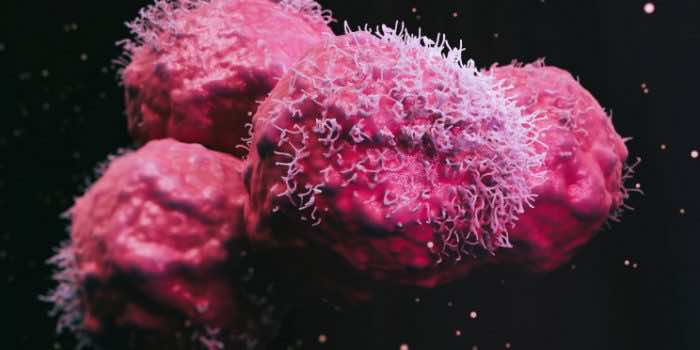The potential of cancer therapies brings a new ray of hope for those afflicted with the disease.
A European team of experts from the United Kingdom, Poland, and Sweden have developed a new type of photoimmunotherapy (light-based) that targets and destroys cancer tumours in patients, according to a report by The Guardian.
Photoimmunotherapy is a revolutionary cancer treatment that is set to become the world’s fifth cancer treatment after surgery, chemotherapy, radiotherapy, and immunotherapy.
The light-activated technique pioneered by the Institute of Cancer Research, London, enables cancer cells to glow in the dark, allowing surgeons to remove more tumours while eliminating any residual cells within minutes of surgical completion. This cutting-edge technology exposed even the smallest cancer cells, making it easier for surgeons to remove them.
Glioblastoma is one of the most severe types of brain cancer, and the new therapy procedure is being tried on mice with the disease.

Trials of the new form of photoimmunotherapy also showed the treatment triggered an immune response that could prime the immune system to target cancer cells in the future, suggesting it could prevent glioblastoma from returning after surgery. Researchers are now also studying the new treatment for childhood cancer neuroblastoma.
“Brain cancers like glioblastoma can be hard to treat and, sadly, there are too few treatment options for patients,” the study leader, Dr Gabriela Kramer-Marek, said.
“Surgery is challenging due to the location of the tumours, and so new ways to see tumour cells to be removed during surgery, and to treat residual cancer cells that remain afterwards, could be of great benefit.”

“Our study shows that a novel photoimmunotherapy treatment using a combination of a fluorescent marker, affibody protein and near-infrared light can both identify and treat leftover glioblastoma cells in mice. In the future, we hope this approach can be used to treat human glioblastoma and potentially other cancers, too,” he added.

The Cancer Research UK Convergence Science Centre at Imperial College London and Cancer Research UK funded the initiative, which brings together experts from around the world to find innovative ways to combat cancer.
“Multidisciplinary working is critical to finding innovative solutions to address the challenges we face in cancer research, diagnosis and treatment – and this study is a great example,” said Prof Axel Behrens, the leader of the cancer stem cell team at the ICR and scientific director of the Cancer Research UK Convergence Science Centre.
“This research demonstrates a novel approach to identifying and treating glioblastoma cells in the brain using light to turn an immunosuppressive environment into an immune-vulnerable one, and which has exciting potential as a therapy against this aggressive type of brain tumour.”

“Photoimmunotherapies could help us to target the cancer cells that can’t be removed during surgery, which may help people live longer after their treatment,” said Dr Charles Evans, the research information manager at Cancer Research UK.
He emphasised that technological challenges still exist, such as reaching all sides of a tumour using near-infrared light. He did say, though, that he is “excited to see how this research develops.”


